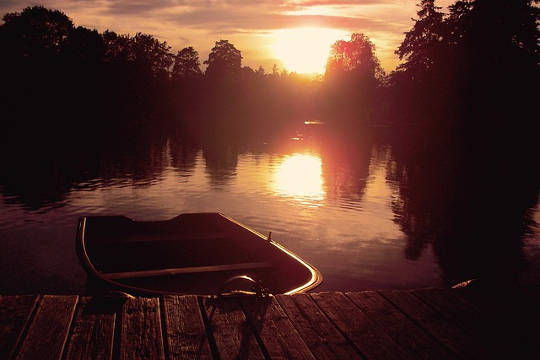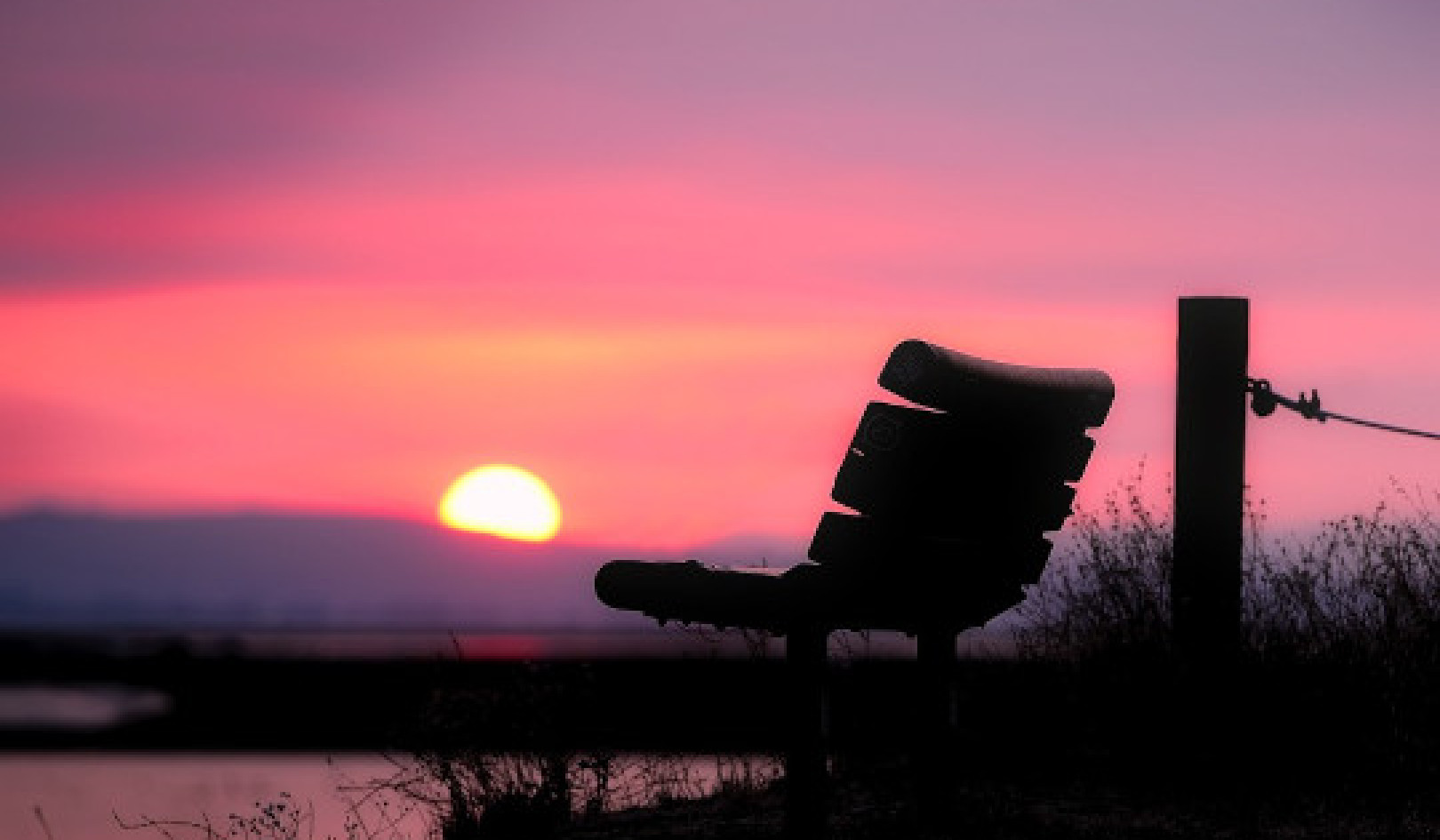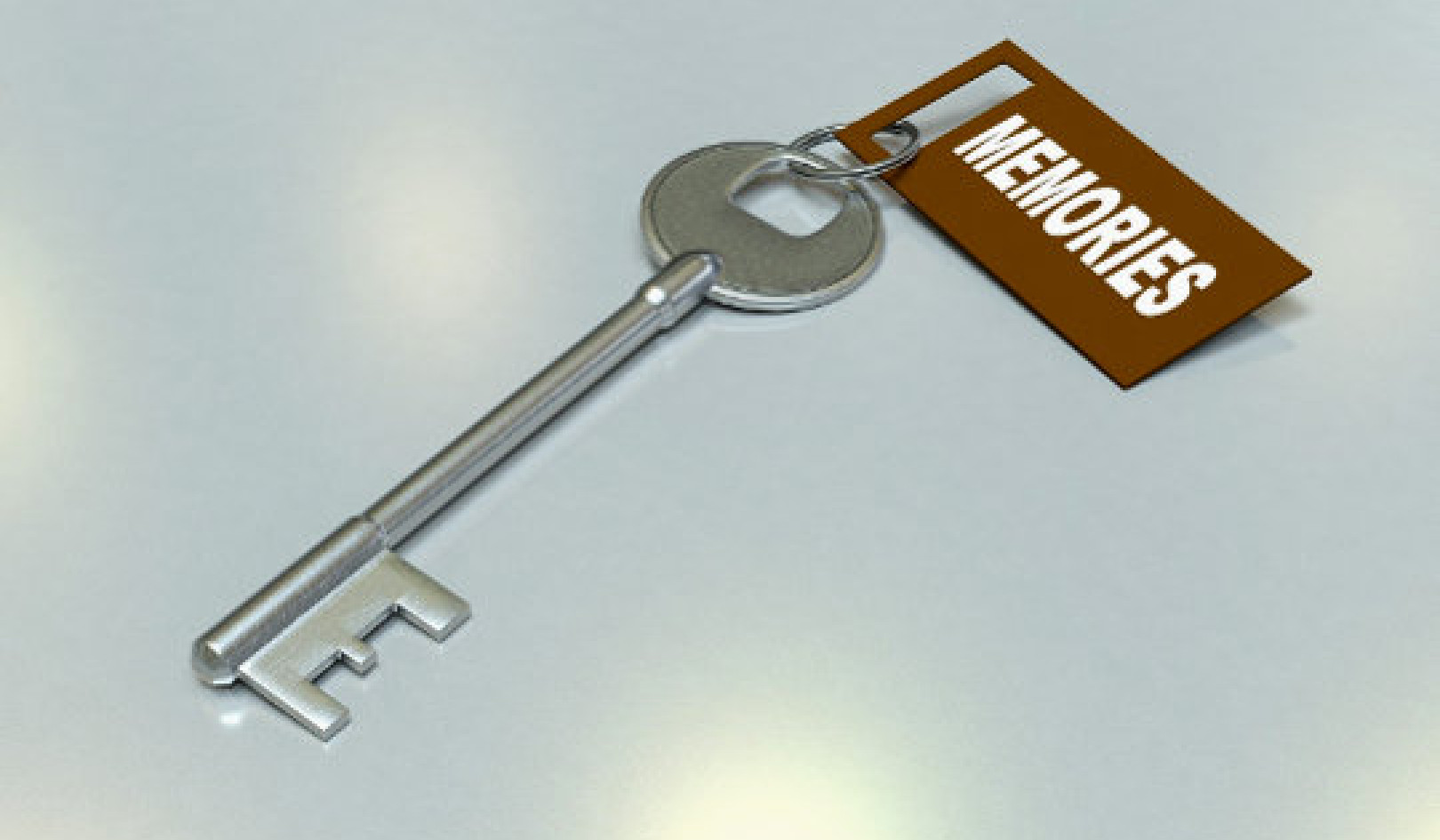
Life shrinks or expands according to one’s courage.
— Anaïs Nin
Hope is a catalyst and gives us the courage to shake off despair and face the unknown. We cannot wait for hope to arrive—we have to decide to have it and act accordingly. To take those first steps out of our fear zone into a future that we tell ourselves is going to be better than where we are now can be daunting, but daring to act is a brave choice.
When we make that decision to be hopeful, we’re energized and can work toward achieving our dream. We’re creating a “hope circuit” by building an expectation that we can create a brighter future. We make decisions and choices that seem right for us and the future we envisage, and we begin to live with the awareness that we are surrounded by possibilities.
As we let go of the ways of thinking that have kept us stuck, we’re more able to stand firm and are not put off by the doubts of others or criticism of the way we now see things. We find we can embrace the changes that lie ahead.
When we are no longer closed down, but open to life with all its opportunities, miracles begin to manifest, and as we begin to feel more expansive, we may well want to contribute our skills and talents in helping others, giving them hope too. As the writer Zadie Smith put it, “You are never stronger than when you land on the other side of despair.”
Being Willing To Step Into The Unknown
Realistic hope enables us to believe that we can cope with what lies ahead and gives us the courage to step into the unknown. Without being prepared to take a risk, we don’t make new discoveries about ourselves or what it means to be a human being, nor can we find the fulfillment and happiness we long for.
The lives of extraordinary women who have broken the conventions of the societies they lived in are always inspiring. Women travelers from earliest times have risen to the challenge of going beyond the limits of everyday endurance, driven to explore the potential of being human and adapting to conditions that are both challenging and dangerous.
Marjorie Kempe, born in England in 1373, set out at the age of forty on a pilgrimage to Jerusalem. Aphra Behn, born in 1640, lived in Surinam in her twenties and later became a spy in Antwerp.
By the eighteenth century, women travelers who had accompanied their husbands on the Grand Tour and had become widows continued to travel and live unconventionally—for example, Hester Stanhope who made her home in Syria.
The nineteenth century produced an extraordinary crop of female travelers, carrying out missionary or humanitarian work, like Mary Kingsley in Africa and Annie Taylor in China and Tibet. Gertrude Bell immersed herself in archaeology and traveled widely in the Middle East. The colorful Alexandra David-Neel traveled in Tibet with a young Sikkimese priest, and the flamboyant Isabelle Eberhardt rode among the warring tribes of the North African Desert.
Many of these women travelers had to deal with fear, discomfort, loneliness, extremes of temperature, hunger and thirst, sleeplessness, and illness; they also had to be courageous enough to face death. Their strongest weapon for survival was their belief in themselves and in their ability to reach their destination.
Deep down we all have a longing for happiness and fulfillment, but many settle for less and pursue instead what society tells them is the norm. In our society the emphasis tends to be on being successful and on acquiring the material things that the advertising industry tries to persuade us to buy or enjoy to keep the economy going. This can result in a feeling of emptiness, a kind of soul-sickness that manifests in anxiety, depression, and addiction of one sort or another.
We need to listen to those intimations that tell us there must be something more to life and be willing to take a chance, to be courageous, and to put our hope into creating a better and brighter future.
I choose to be courageous.
I know that I can cope with what lies ahead.
I listen to the inner promptings of my heart.
Choosing To Live More Consciously
It’s so easy to lose ourselves and become overwhelmed by the plethora of distractions that surround us. We forget the power of attention and, without it, live only on the surface of existence, not really appreciating the richness of the moment. There’s nothing wrong with enjoying what the external world has to offer, but when we focus only on this, we lose our center and become disconnected from the flow of life that sustains us. We need to remind ourselves of the imperative of being aware.
When we live with conscious awareness, we are awake and present, fully paying attention to the essence of who we are and what our life journey is about. We are then able to realize the goals that matter to us and do not end up frustrated and exhausted.
It does, however, take courage to develop our capacity to be aware and want to grow spiritually. We tend to be self-absorbed, thinking the world revolves around us and our needs. We’ve spent our lives trying to achieve and acquire what we think we want, yet even if we succeed in attaining the object of our desires, emptiness and a sense of hopelessness can still make themselves acutely felt if we address only our physical, mental, and emotional needs.
Somehow we have to let go of the ego and its ever-more-demanding wants. We have to have the courage to recognize that we are all both human and divine and that it’s pursuing the spiritual path that will help make us whole and complete. When we live with the awareness of the changing rhythms of our thoughts, feelings, and desires, we are choosing to live more consciously. We get to know ourselves better.
The American Buddhist nun Pema Chodron calls it “studying ourselves,” by which she means examining and learning from our own experience. Meditation helps us discover clarity and honesty. As we gain insight about why we feel the way we feel, we begin to be less self-absorbed and begin to look to the needs of others.
Life is a never-ending effort to keep walking along the path and not getting overwhelmed by the challenges of daily life. As the poet, artist, and writer Mary Anne Radmacher reminds us, “Courage doesn’t always roar, sometimes it’s the quiet voice at the end of the day whispering I will try again tomorrow.” If we can constantly try to live more consciously, we will find our lives transformed.
I am awake and present.
I keep walking the path of conscious awareness.
Breaking Free And Creating A New Story
We don’t have to remain trapped by our circumstances. We can leave the past behind and create a new and better story. Sometimes it might seem impossible, but many have learned that the hope of a better life and a can-do attitude change everything.
Chelsea Cameron grew up in a household in Dundee, Scotland. Her parents were addicted to drugs, and there was frequently violence in her home involving drug dealers and other addicts. It’s no wonder that Chelsea became a troublesome pupil at Menzieshill High School. However, due to the encouragement of her teachers, who believed in her, Chelsea went on to become head girl, fluent in German, successful in her exams, and subsequently began an apprenticeship in administration. She decided to choose not to let the circumstances she was born into dictate her life, and she hopes to inspire other young people to choose how they want their life to be.
Eva Peron is a dramatic example of someone who refused to be held back by the life she was born into—one of illegitimacy and poverty. She created a new story of mega proportions. The young Eva Duarte dreamed of becoming an actress and at the age of fifteen ran away to Buenos Aires. Within a decade, she had become a highly paid actress and lived in an exclusive neighborhood in the city. The greatest stage she was to act on, however, was the political one. As the wife of the president of Argentina, Juan Peron, Eva achieved huge popularity because of the way she championed the poor and downtrodden. She came to symbolize the hopes of many for a better life, and by the time she died tragically at the age of thirty-three, she had become a legend.
I refuse to be trapped by the circumstances of my life.
I am creating a new and better story for myself.
Manifesting Change and Miracles
For all of us, life begins to change as we change, for we no longer see our situation in the same way as we once did. Hope and determination to follow a path that takes us in the opposite direction from despair enables us to see and appreciate the wonder of life and its endless possibilities. Albert Einstein wrote: “There are two ways to live your life. One is as though nothing is a miracle. The other is as though everything is a miracle.”
Helen Keller, who has been an inspiration to millions of people all over the world, knew what it was like to be without hope. As an infant, she had become both deaf and blind as a result of an illness (possibly rubella or scarlet fever). She was famous, however, from the age of eight until her death at age eighty-seven in 1968, because she showed the world that miracles can happen and that there are no boundaries to courage and faith.
Helen’s disability resulted in her becoming wild and unruly, until her teacher, Anne Mansfield Sullivan, came into her life. Anne worked with Helen with great love and patience, teaching her pupil to both read and write and also to speak. Helen became the first deaf and blind person to receive a degree from Radcliffe College and went on to write her autobiography, The Story of My Life, as well as other books, essays, and articles in magazines and newspapers. Having known hopelessness, she was able to write:
Once I knew the depth of where no hope was and darkness lay on the face of things. Then love came and set my soul free.
Helen Keller didn’t stop there, however. She became an advocate for women’s suffrage, an early member of the American Civil Liberties Union, as well as being a pacifist and a committed socialist. She worked tirelessly for the American Foundation for the Blind for over forty years and was interested in the welfare of the blind wherever they were in the world, traveling extensively to bring hope and encouragement to all.
Helen well understood the need to be courageous, which means taking risks and not trying to avoid danger. “Life is either a daring adventure, or nothing,” she famously wrote.
I appreciate the miracle of life and all its wonderful possibilities.
I am inspired to take risks.
©2018 by Eileen Campbell. All Rights Reserved.
Publisher: Conari Press, an imprint of Red Wheel/Weiser, LLC.
www.redwheelweiser.com. Excerpted with permission.
Article Source
Woman's Book of Hope: Meditations for Passion, Power, and Promise
by Eileen Campbell
 This is a book of daily meditations designed to help restore a sense of hopefulness and purpose. It is a practical, friendly, and helpful book that will appeal to anyone looking for a little pick-me-up, a little help in getting through the week. It is a book for women who feel overwhelmed and underappreciated. It is the perfect antidote to despair: a book that teaches women to practice hope--to take concrete steps in the face of pain and despair and to make their lives happier. (Also available as a Kindle edition.)
This is a book of daily meditations designed to help restore a sense of hopefulness and purpose. It is a practical, friendly, and helpful book that will appeal to anyone looking for a little pick-me-up, a little help in getting through the week. It is a book for women who feel overwhelmed and underappreciated. It is the perfect antidote to despair: a book that teaches women to practice hope--to take concrete steps in the face of pain and despair and to make their lives happier. (Also available as a Kindle edition.)
About the Author
 Eileen Campbell is the author of several books, including The Woman's Book of Joy. She was an alternative/New Age publisher for over 30 years and worked in various capacities for major publishers including Routledge, Random House, Penguin, Rodale, Judy Piatkus Books, and Harper Collins. She was also a writer/presenter for BBC Radio's "Something Understood" and "Pause for Thought" in the 1990s. She currently devotes her energies to yoga, writing, and gardening. Visit her at www.eileencampbellbooks.com.
Eileen Campbell is the author of several books, including The Woman's Book of Joy. She was an alternative/New Age publisher for over 30 years and worked in various capacities for major publishers including Routledge, Random House, Penguin, Rodale, Judy Piatkus Books, and Harper Collins. She was also a writer/presenter for BBC Radio's "Something Understood" and "Pause for Thought" in the 1990s. She currently devotes her energies to yoga, writing, and gardening. Visit her at www.eileencampbellbooks.com.
Related Books
More books by this author
at InnerSelf Market and Amazon





























